Collection
Theme
Country
- India (slavery location)
- North Korea (trafficked from)
- China (slavery location)
- United Kingdom (slavery location)
- Afghanistan (slavery location) 20 More
Date
Type
33 results
VOICES: Narratives by Survivors of Modern Slavery
This is the world's largest archive of modern slavery survivor narratives. Across more than a million words spoken or written by survivors of modern slavery, we can see why slavery persists in particular hotspots, analyse patterns in trafficking routes, identify vulnerabilities, understand more about the challenges survivors face in liberation, and discover new antislavery solutions. These narratives offer the chance to systematically design new antislavery strategies based on the experiences, ideas and solutions of enslaved people themselves.
The database is searchable by country, name, theme, and narrative date. Narratives can be viewed in list or map form. A short introduction provides context to each narrative. Narrative provenance appears after the main narrative text.
For ideas on how to use this database, please see our accompanying guide.
Project Lead: Zoe Trodd. Team Members: Andrea Nicholson, Lauren Eglen, Rosemary Pearce, Olivia Wright.
Project Funders: AHRC Antislavery Usable Past grant (2014-19), ESRC/AHRC PaCCS Modern Slavery: Meaning and Measurement grant (2016-19), and AHRC-GCRF Antislavery Knowledge Network grant (2017-2021).
For any queries about the collection please contact: [email protected]. If you wish to cite a particular narrative, please acknowledge the survivor’s name, the provenance of the narrative and cite: Voices Database, the Rights Lab, University of Nottingham.

Zakir
India has a population of more than 1.3 billion people, there are still at least 270 million people living on less than US$1.90 per day. While laws, systems and attitudes regarding key 'fault lines' such as the caste system, gender and feudalism are rapidly changing, social change of this depth and…
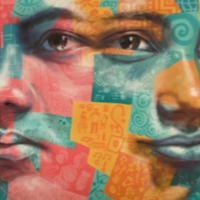
Gilberto
Brazil is a source country for men and boys trafficked internally for forced labor which accounts for most instances of modern slavery in Brazil. It is particularly prevalent in manual labour sectors such as construction, manufacturing, factory and domestic work and occurs in rural and…
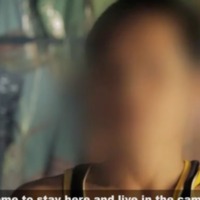
Saw Pol Lu
The UN has estimated that the number of refugees, asylum seekers and internally displaced people around the world has topped 65 million. Many of these people live in refugee camps across the globe. In Myanmar (Burma), thousands of people have fled civil war and found themselves confined to refugee…

Chin Soon
The Democratic People’s Republic of Korea (North Korea) is a source country for men, women and children who are subjected to forced labour and sex trafficking. Government oppression in the DPRK prompts many North Koreans to flee the country in ways that make them vulnerable to human trafficking…
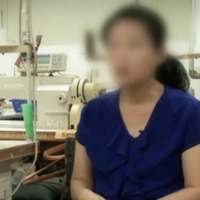
Mee Yon
The Democratic People’s Republic of Korea (North Korea) is a source country for men, women and children who are subjected to forced labour and sex trafficking. Government oppression in the DPRK prompts many North Koreans to flee the country in ways that make them vulnerable to human trafficking…

Sook Joo
The Democratic People’s Republic of Korea (North Korea) is a source country for men, women and children who are subjected to forced labour and sex trafficking. Government oppression in the DPRK prompts many North Koreans to flee the country in ways that make them vulnerable to human trafficking…
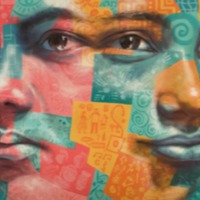
Natalie
There are an estimated 136,000 people living on conditions of modern slavery un the United Kingdom (Global Slavery Index 2018). According to the 2017 annual figures provided by the National Crime Agency, 5, 145 potential victims of modern slavery were referred through the National Referral Mechanism…
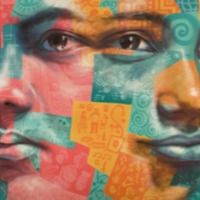
Bibi Aisha
The Global Slavery Index 2018 estimates than there are 749,000 people living in conditions of modern slavery in Afghanistan. Young girls are subjected to forced child marriage throughout the country. Although the law sets the minimum age for marriage at 18 for males and 16 for females, this is not…
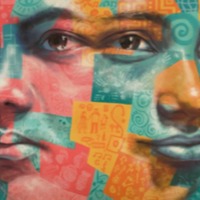
Debitu
There are an estimated 614,000 people living in conditions of modern slavery in Ethiopia (GSI 2018). Child marriage remains a deeply rooted tradition in Ethiopian communities with two in five girls being married before their 18th birthday. Child marriage is perpetuated in the country by poverty,…

Afsana
It is estimated that there are over four million domestic workers in India. The domestic sector is informal and unregulated, obscured in private homes, and workers are not recognised as such but rather as ‘informal help’. Their wages are, on average, only a third of those in other sectors, they…

Anna
It is reported that two-thirds of the world's enslaved population are in the Asian-Pacific region. Men, women and children are subjected to all forms of modern slavery including forced labour, domestic servitude, forced begging, commercial sexual exploitation and child soldiers. The high prevalence…

Carla A.
It is estimated that of the 400 000 enslaved in the Philippines, the majority are in forced labour. Recent surveys suggest that one in every two Filipino women are working abroad in unskilled and domestic work, some of the highest risk industries for modern slavery. High population growth combined…

Cel
It is estimated that around 204,900 people are living in modern slavery in South Korea today. Acting as a source country for the trafficking of women and children both within the country and abroad to the US, Japan, Hong Kong, Australia and New Zealand. Many women also find themselves trafficked in…

Eka
There are a reported 9,200 enslaved in Singapore with the large number of foreign workers being the most vulnerable to human trafficking and enslavement. Many are brought to the country after being deceived by recruiters in their home countries with the promise of employment only to become victims…

Erich
In the Philippines, women and children are subjected to sexual exploitation in brothels, bars, and massage parlours, online, as well as in the production of pornography. The Philippines is an international hub for prostitution and commercial sex tourism – a highly profitable businesses for…
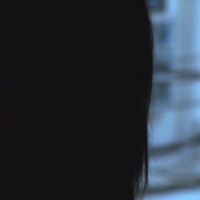
Gai
It is estimated that 290,200 people are living in modern slavery in Japan. The country is the destination for men, women and children trafficked for forced labour and commercial sexual exploitation. The majority of trafficking victims are foreign women who migrate willingly seeking work, but find…
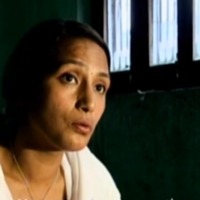
Gita
Experts estimate millions of women and children are victims of sex trafficking in India. Traffickers use false promises of employment or arrange sham marriages in India or Gulf States and subject women and girls to sex trafficking. In addition to traditional red light districts, women and children…

Janet
Foreign workers constitute more than 20 percent of the Malaysian workforce and typically migrate voluntarily—often illegally—to Malaysia from Bangladesh, India, Nepal, Burma, Indonesia, the Philippines, and other Southeast Asian countries, mostly in pursuit of better economic opportunities. Some…

Joeychev
In the Philippines, women and children are subjected to sexual exploitation in brothels, bars, and massage parlours, online, as well as in the production of pornography. The Philippines is an international hub for prostitution and commercial sex tourism – a highly profitable businesses for…

Min Aung
Men, women and children are victims of human trafficking for forced labour in the Thai fishing industry. Enslaved people are subjected to physical abuse, excessive and inhumane working hours, sleep and food deprivation, forced use of methamphetamines and long trips at sea confined to the vessel.…